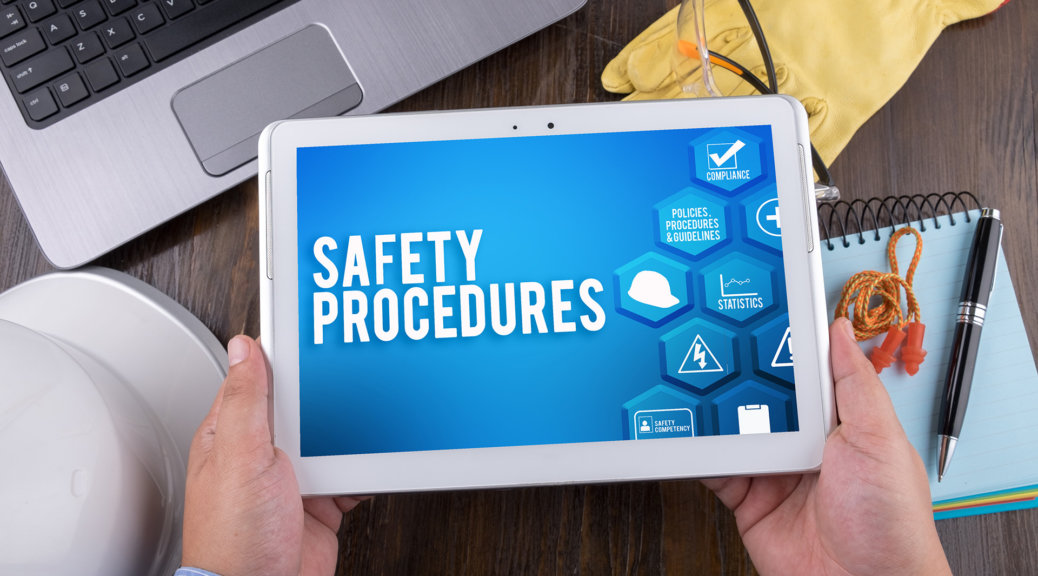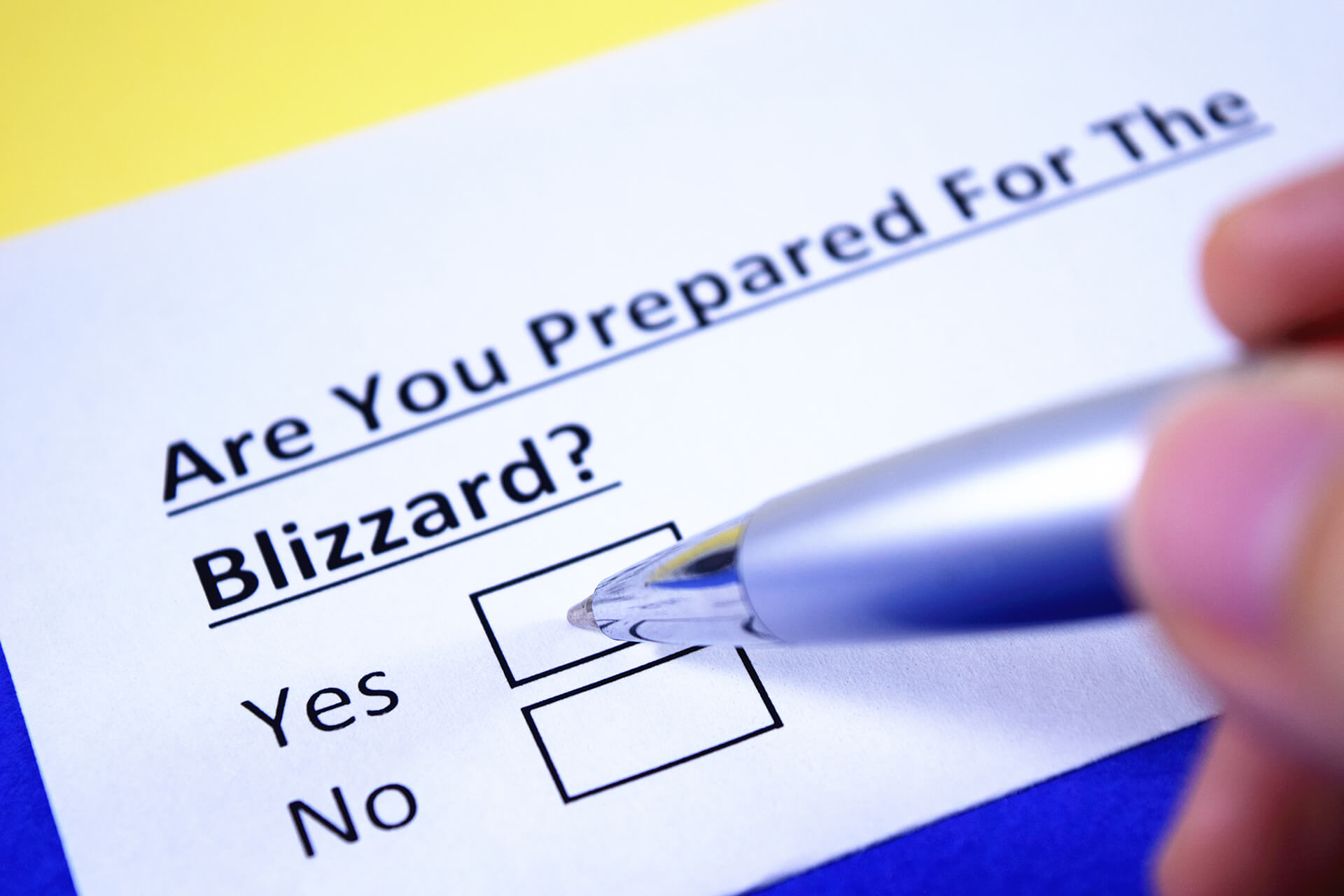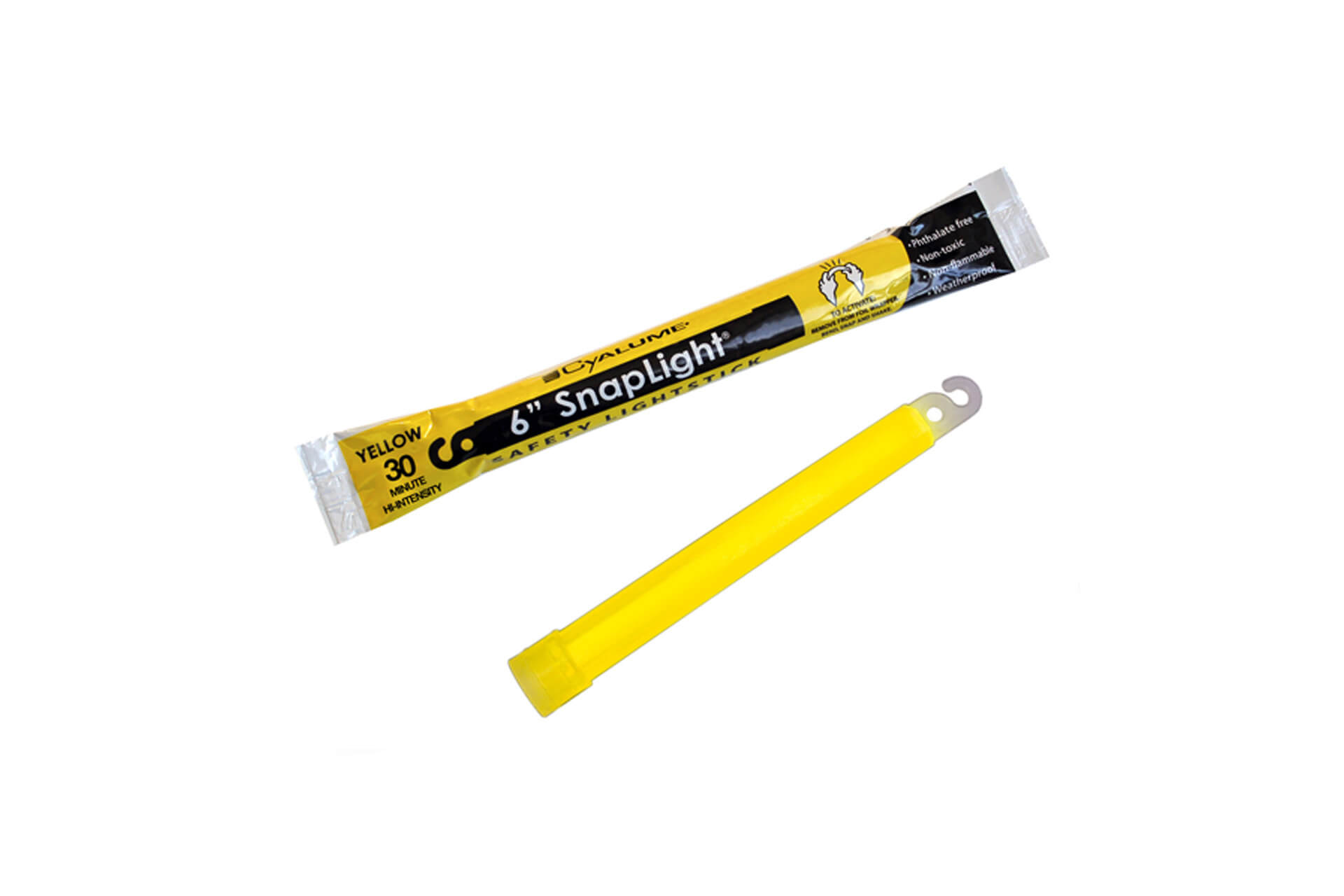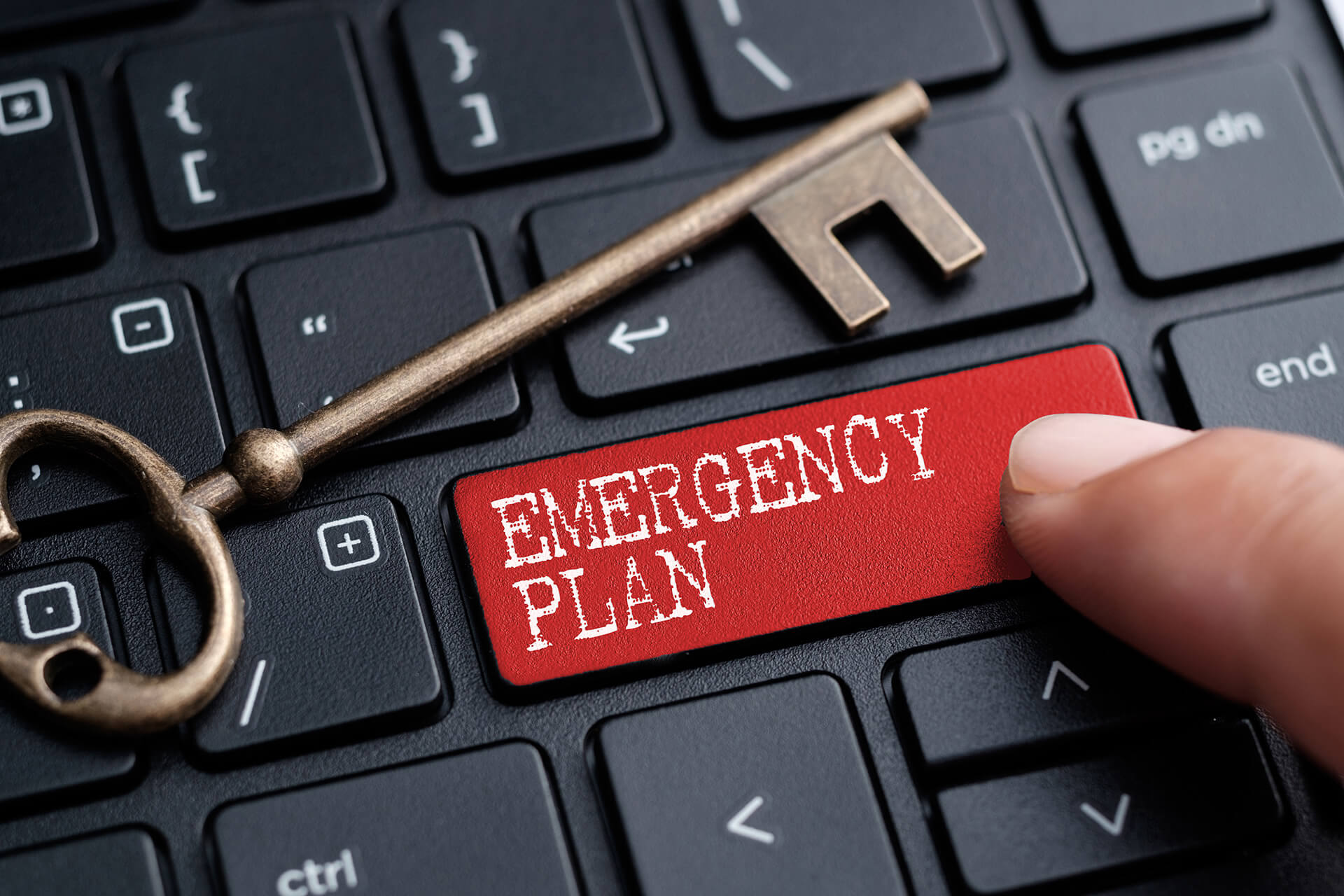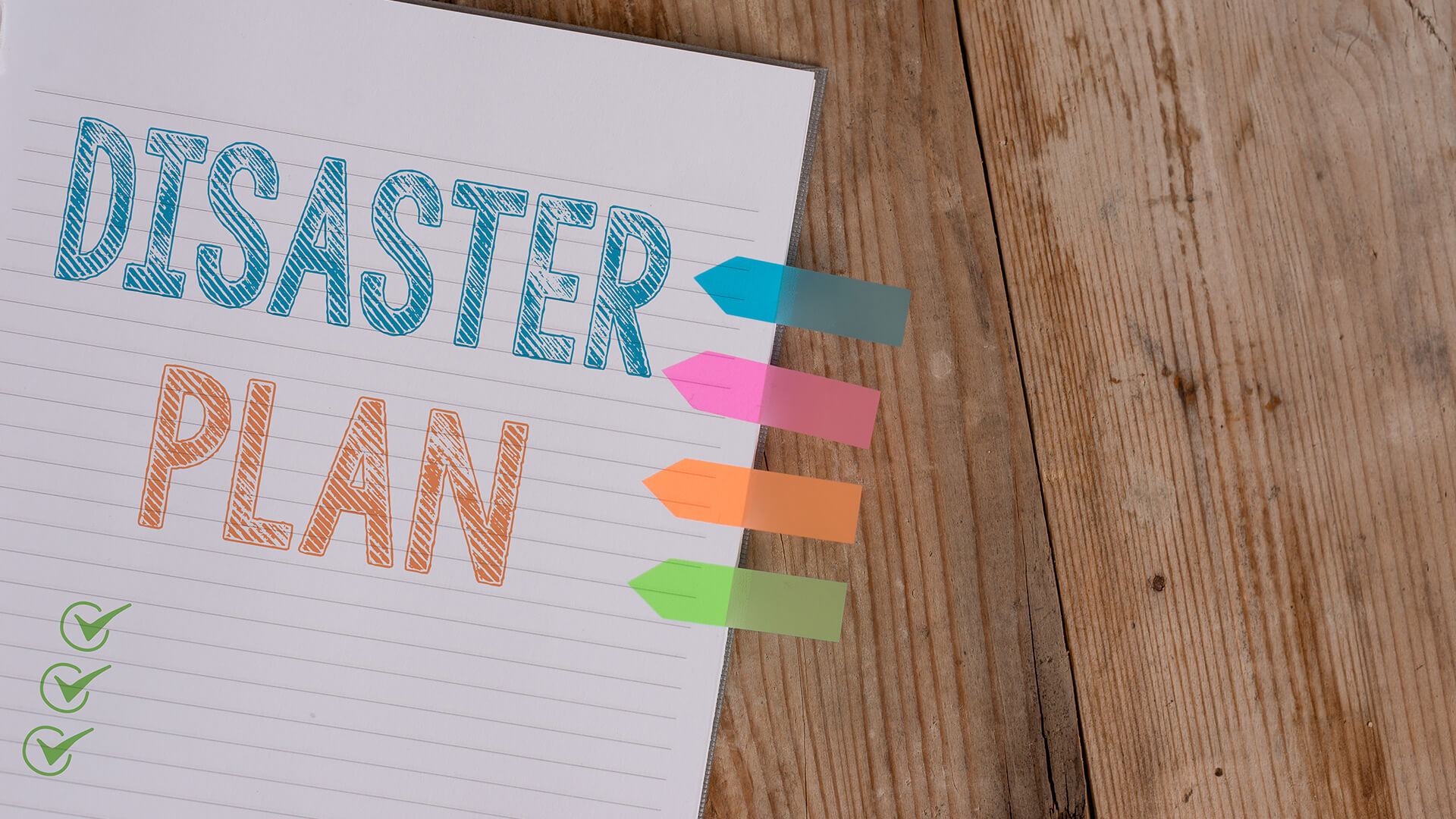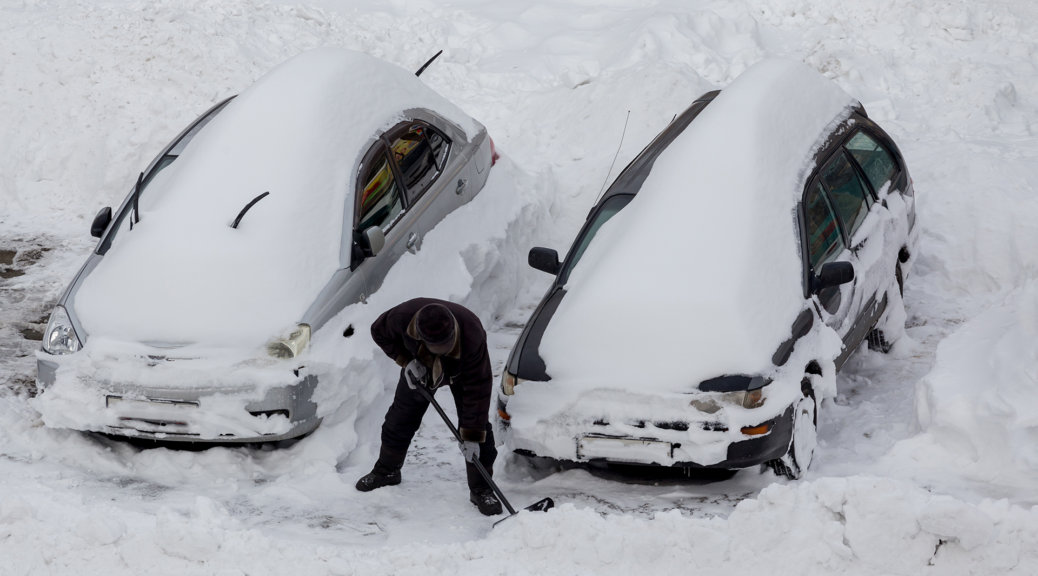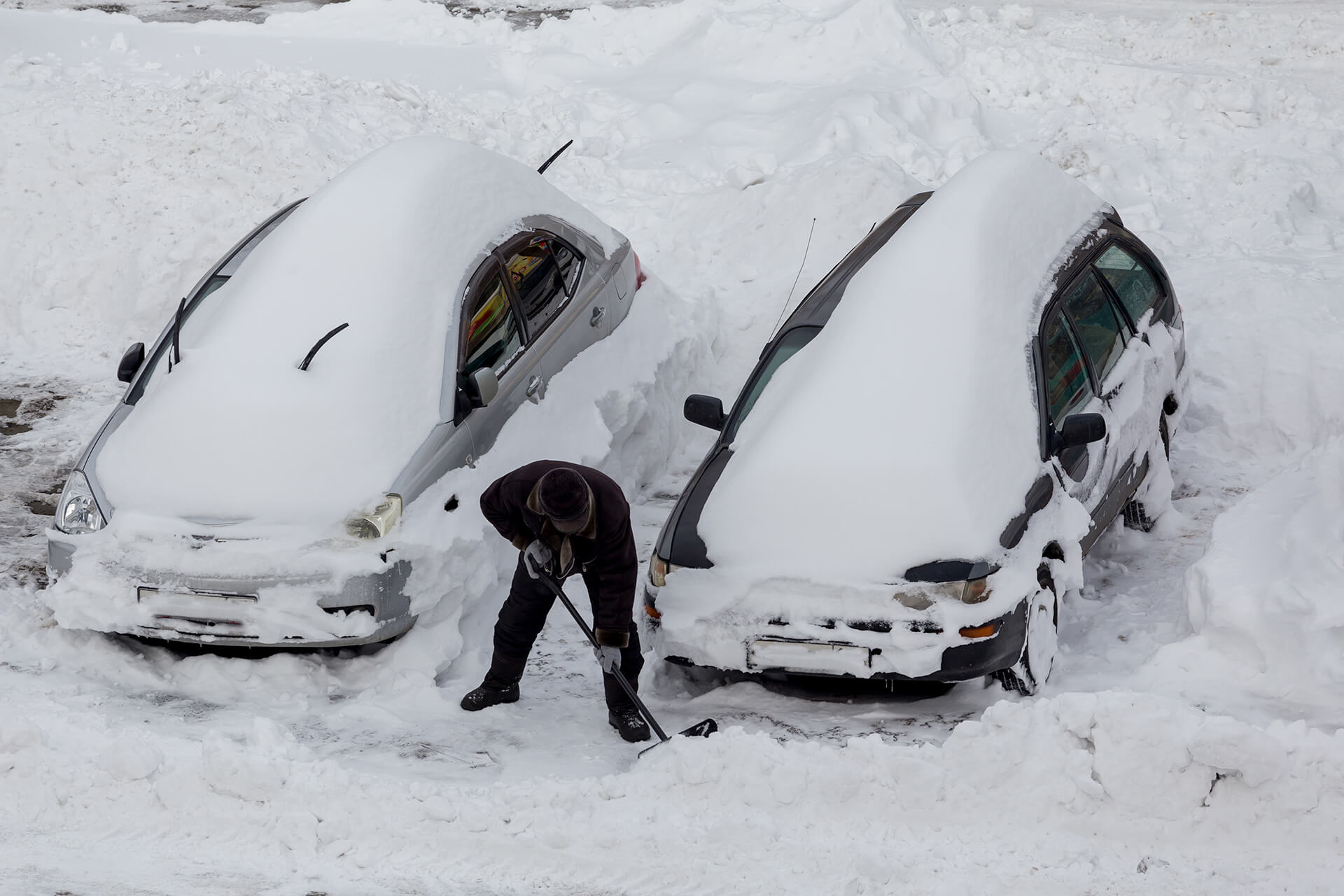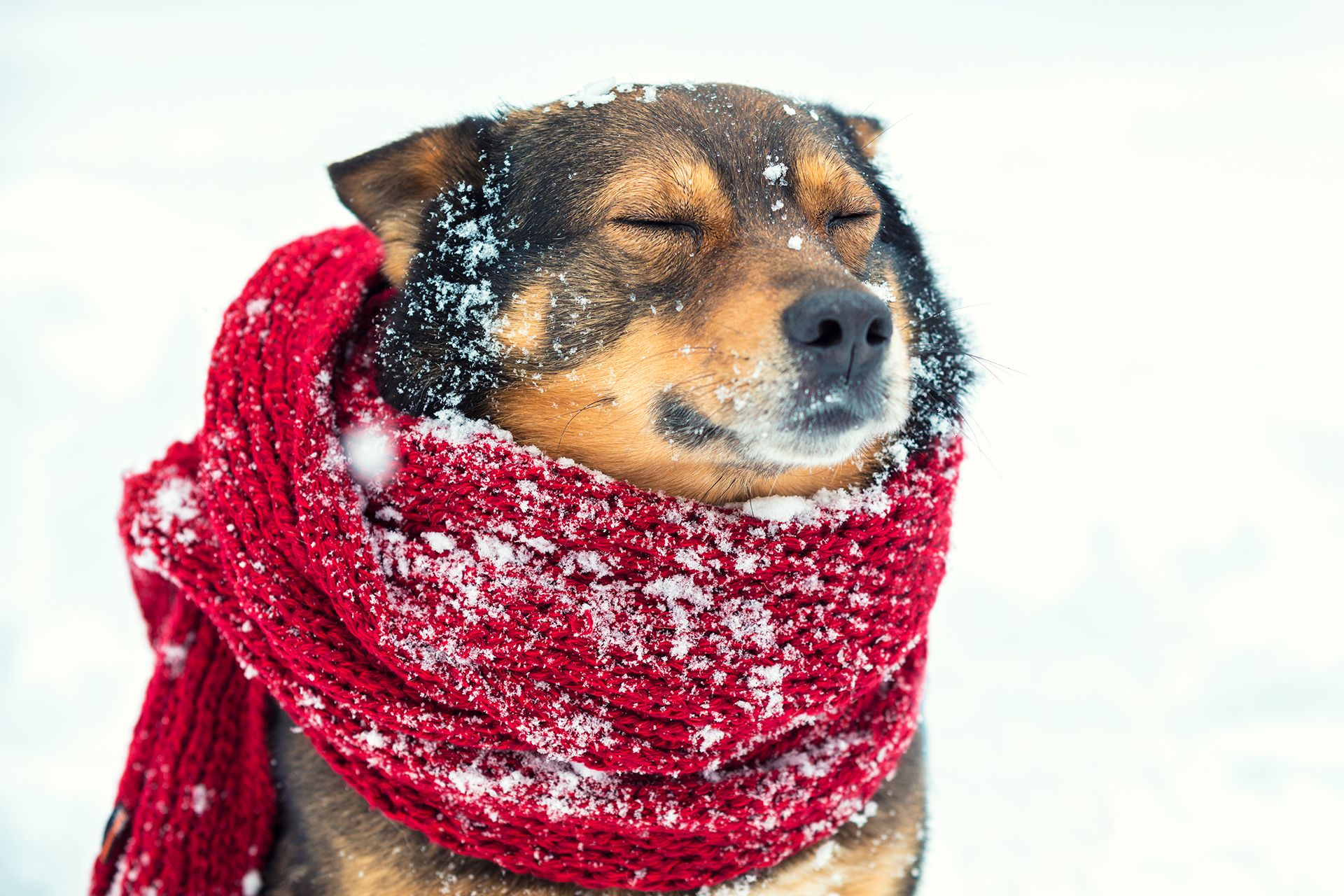Everything You Need to Know About Tornado Classifications
Tornadoes are violent, rotating columns of air that form when warm, humid air collides with cold, dry air. When cold air is pushed over warm air, it usually produces a thunderstorm. The warm air will then rise and create an updraft, which will rotate if winds very in speed or direction.
These weather events can happen at any time of the year; however, they are more common in early spring for states near the Gulf of Mexico and found in the summer for northern states. Tornadoes can move both slow and fast, but because of the destruction they cause to the equipment around them, it’s difficult to accurately determine how strong each tornado is. So how do meteorologists classify them?
Tornadoes are classified into three groups based on their wind speeds:
- Weak | (EFO, EF1) These tornadoes are classified as having wind speeds of 65 to 110 miles per hour.
- Strong | (EF2, EF3) These tornadoes are classified as having wind speeds of 111 to 165 miles per hour.
- Violent | (EF4, EF5) These tornadoes are classified as having wind speeds of 166 to 200 miles per hour.
As stated earlier, because it’s nearly impossible to determine the true wind speeds of tornadoes, there’s a bit of work that goes into classifying them. When using the EF-Scale, the 28 Damage Indicators and Degree of Damage must be taken into account. Because of how unpredictable tornadoes can be, it’s best to be prepared in advance, always. Especially in season. When you have to bunker down, having our Cyalume Light Sticks on hand will be beneficial to you and your family if you find yourself in the dark.
Remember, if you are in a tornado prone area or find yourself facing one of these intense storms, seek shelter immediately. If you’re looking for an emergency bag you can trust in the event of an unexpected storm, Sustain Supply Co. has three for you to choose from so that you can always be prepared.


